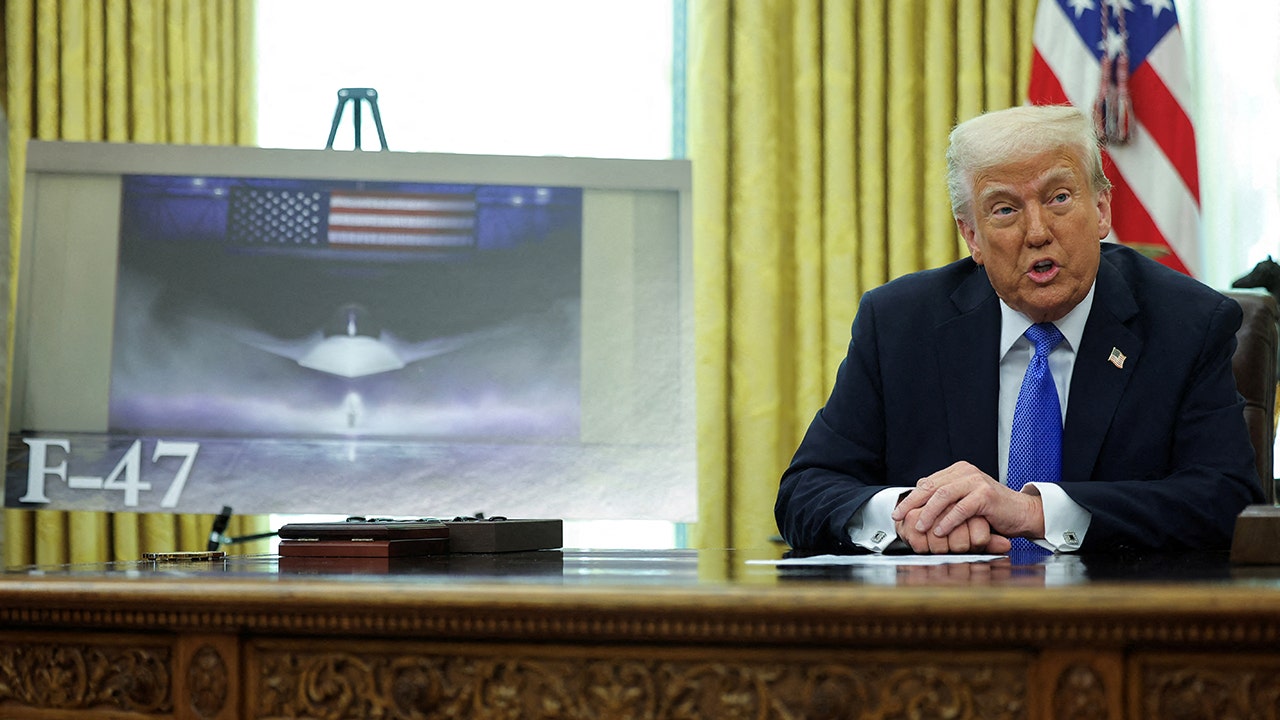Pentagon reshapes airpower with new stealth bombers and fighter jets

The race to develop 6th-generation aircraft is no longer a future vision – it’s now a defining force behind U.S. defense strategy. With cutting-edge platforms like the B-21 Raider, the F-47 and the Navy’s F/A-XX on the horizon, the Pentagon is reshaping how the U.S. projects airpower for the next 50 years.
The B-21 Raider, developed by Northrop Grumman, is set to become the backbone of U.S. long-range strike capability. With its next-generation stealth design, reduced maintenance burden, and affordability compared to its B-2 predecessor, the B-21 is crucial for deterring strategic threats like China and Iran. The recent mission where seven B-2 bombers flew an 18-hour sortie to Iran highlights the need for the B-21, given the high cost and aging systems of the B-2. At $692 million per aircraft, the B-21 offers strategic reach at a more sustainable price, with the ability to carry nuclear and conventional weapons and being designed to be optionally manned.
The F-47, formerly known as the Next Generation Air Dominance (NGAD) program, has been reignited under a new contract with Boeing. This program aims to develop the most advanced manned fighter in U.S. history, with capabilities including stealth, extended range, speeds exceeding Mach 2, and integration with AI-enabled drones called Collaborative Combat Aircraft (CCA). The F-47 will serve as the central controller for a team of 1,000 CCAs, coordinating data in real-time. The aircraft is expected to achieve initial operational capacity within the 2025-2029 timeframe.
While the Air Force is pushing forward with the F-47, the Navy is taking a more deliberate approach with its F/A-XX program. The Navy is considering whether to continue with the program, as naval airframes face greater environmental challenges than their Air Force counterparts. The budget proposal for FY 2026 includes minimal funding for the F/A-XX design, with the Navy expected to borrow technology from the NGAD program while developing a carrier-capable fighter suited for maritime operations.
There are discussions within the Pentagon about the viability of aircraft carriers in a future world filled with advanced missile technology. Some argue that carriers may not be able to operate in high-threat environments due to the proliferation of hypersonic missiles with long ranges. The Navy is faced with a shortfall in carrier-based strike fighters and must balance the need for high-tech 6th-generation aircraft with the practicality of having higher numbers of slightly less capable fighters.
As the U.S. military looks to the future of airpower, decisions must be made regarding the development and procurement of 6th-generation aircraft that will shape defense strategy for decades to come. The integration of advanced technology, stealth capabilities, and autonomy in these platforms will be crucial for maintaining air superiority and deterring potential adversaries in an increasingly complex global threat environment.




